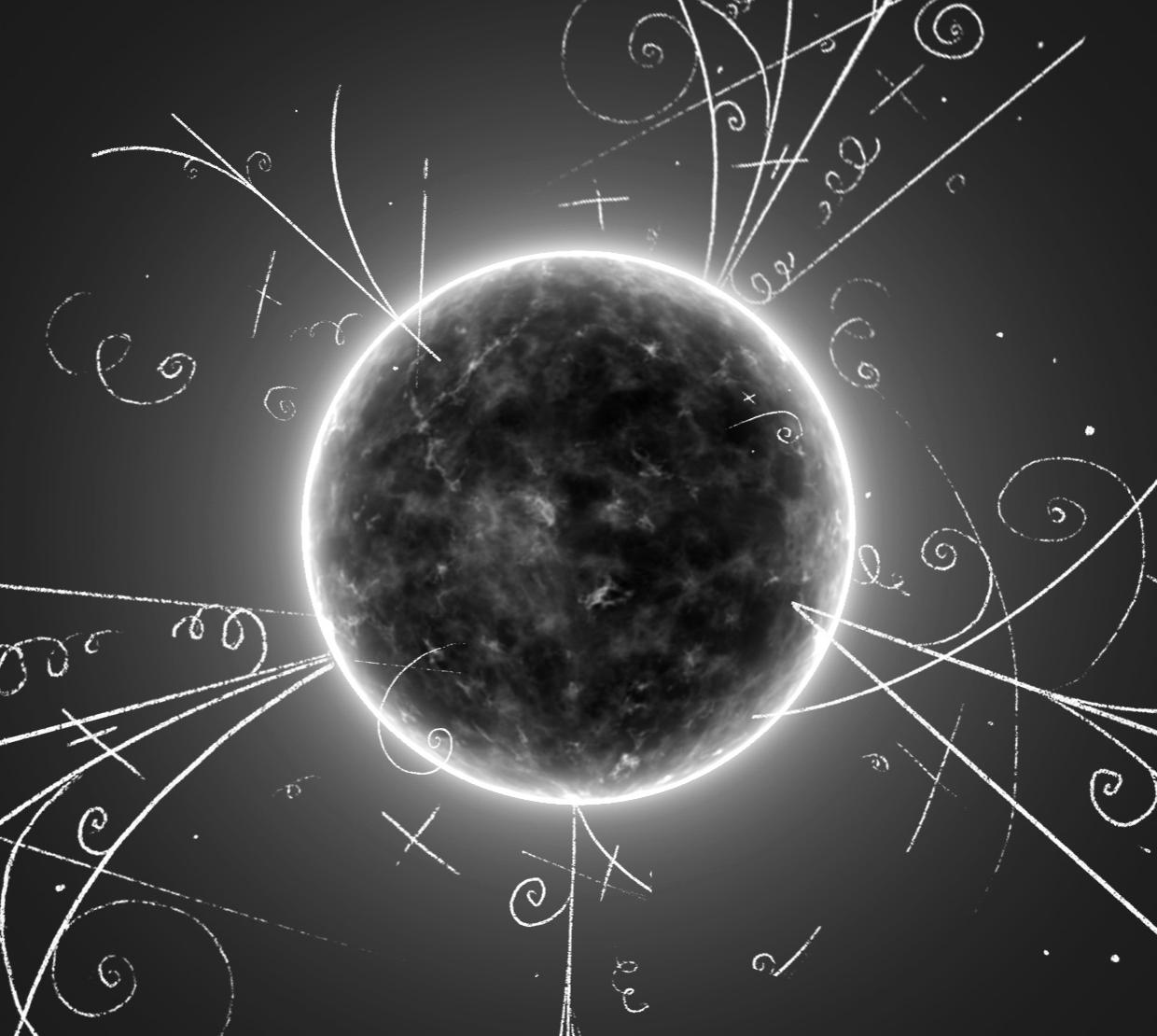‘Sugar cube accuracy’
Since eighth grade physical science, Schellman has been interested in neutrinos.
The daughter of two biochemists, the knowledge she picked up reading wasn’t matching what she was being taught in the classroom.
“I remember the teacher would say the electron is the lightest particle and because I read Scientific American, I would raise my hand and ask, ‘What about neutrinos,’” she said.
Neutrinos are not only the lightest known subatomic particle, but they are also the second most abundant particle in the universe after light. Neutrinos are very similar to electrons, but they have no electrical charge. Until the late 1990’s, researchers thought they were massless.
Because neutrinos are fundamental particles, meaning they are not made of any smaller pieces, researchers use them to study fundamental interactions. Schellman’s current research, the Deep Underground Neutrino Experiment, focuses on using neutrinos to study why the universe is made up of matter instead of antimatter. The DUNE Science Collaboration is currently made up of over 1,400 collaborators from over 200 institutions in over 30 countries.
DUNE could result in revolutionary knowledge. If matter and antimatter were exact opposites, they would have destroyed each other long ago. DUNE will allow particle physicists to explore why is there any matter left at all? And second, why matter instead of antimatter?
“We are trying to study a building-size volume of material with sugar cube size accuracy, and read that out every microsecond and then try to understand and store all of that data."
She and her colleagues will study the differences between neutrinos and antineutrinos as they travel from Fermi National Accelerator Laboratory in Illinois to the Sanford Underground Research Facility in South Dakota. Fermilab is a U.S. Department of Energy laboratory specializing in high-energy particle physics. The process will involve accelerating protons, kicking them out in a straight line and then running them into a target to produce neutrinos. The detector in South Dakota is expected to be finished by 2029.
“It’s a lot of protons to do this. It’s a lot of power. One of the problems is if you don’t do it right you actually melt the target,” she said. “There’s all sorts of fun and exciting activities you have to do to make this work right.”
The underground detectors will be the size of a typical university building and filled with liquid argon. The neutrinos will ionize the liquid and create tiny electrical signals. The researchers expect to gather 30 petabytes a year, equivalent to 30 thousand terabytes, or 3 million gigabytes. In comparison, the average U.S. household uses close to 6.3 terabytes of internet data annually.
“We are trying to study a building-size volume of material with sugar cube size accuracy, and read that out every microsecond and then try to understand and store all of that data,” she said. “We have to take that data, store it, and distribute it worldwide so that people can analyze it. It’s just a completely different scale.”
Schellman said when she started in neutrino physics, an experiment would have around 800 channels, and this project has 1.5 million, read at an even finer resolution. Oregon State’s neutrino physics group is leading an international effort to develop novel computation tools to store and process all the data.
In 2021, Schellman received a $3M grant from the U.S. Department of Energy to focus on “Essential Computing and Software Development for the DUNE experiment.” The award is shared among collaborators at four Universities (Oregon State, Colorado State, Minnesota and Wichita State) and three national laboratories (Argonne National Laboratory, Fermi National Laboratory and Brookhaven National Laboratory.)
Student-oriented
Although Schellman has accumulated over 800 peer-reviewed publications and was named to a list of the world’s top 1,000 female scientists by Research.com in January, her proudest achievement doesn’t involve her research.
“My proudest achievement is actually my graduate students. If you are a professor, you have a chance to really either mess with or change somebody’s life,” she said. “What appalls me is people who don’t know where their graduate students are, who don’t keep in touch. It drives me nuts.”
Raised in Eugene, Schellman fondly remembers impactful elementary and high school mathematics teachers decades later. “My educational journey was awesome, having very supportive women math teachers who said, ‘Take independent study and then go take classes at the University of Oregon,’” she shared.
In 1977 she received her B.S. in Mathematics from Stanford University and then went to the University of California Berkeley for her M.A. and Ph.D. in physics. During graduate school, she was one of two women in a class of 45 students.
Her journey back to the Pacific Northwest started in 2014 after she left the Department of Physics and Astronomy at Northwestern University to become chair of the Oregon State Department of Physics. Since 2015 alone, Schellman has amassed more than $4.4M in funding.
“At other institutions, it’s hard to get faculty to sit around and talk about their teaching; that isn’t important for them. And for OSU physics, the students are very important."
Her list of awards includes a Sloan Fellowship, a Department of Energy Outstanding Junior Investigator Award, the American Physical Society Division of Particles and Fields Mentoring Award and the College of Science’s 2022 F.A. Gilfillan Memorial Award for Distinguished Scholarship. The Gilfillan award recognizes achievements in science by honoring a faculty member in the College who demonstrates a long and exceptional scientific career with nationally and globally recognized scholarly achievements.
In addition to her contributions to the field of physics, Schellman has taken on numerous leadership roles. She has served as chair of the International Union of Pure and Applied Physics Commission on Particles and Fields, the vice-chair for Particles and Fields in the American Physical Society and the lead for the DUNE Computing Consortium.
At Oregon State, she is proud the Department of Physics continues to be collegial and incredibly student-oriented.
“At other institutions, it’s hard to get faculty to sit around and talk about their teaching; that isn’t important for them. And for OSU physics, the students are very important,” she said. “I think that distinguishes our department and is true across the College of Science.”
One of the courses she thinks is crucial is GRAD 607 Responsible Conduct of Research. Her strongest belief about science revolves around checking your work over and over again.
“You can do science, but it’s not just something that falls off the back of the truck. You can easily fool yourself and you’ve got to make sure you don’t,” she said.
Schellman is happy to devote her time to quadruple-checking her work and studying frustratingly elusive subatomic particles. Neutrinos have enthralled her for decades and she has no plans of slowing down her quest to answer mysteries of the universe.





